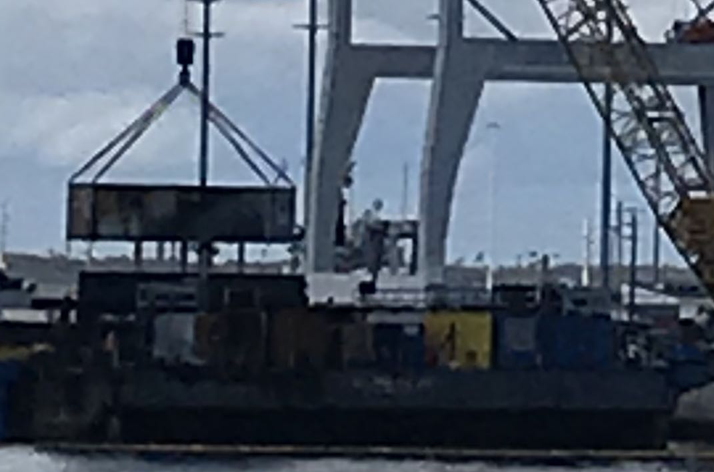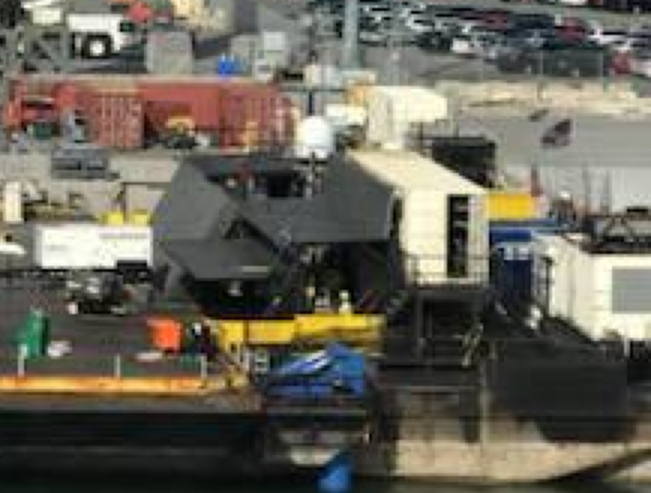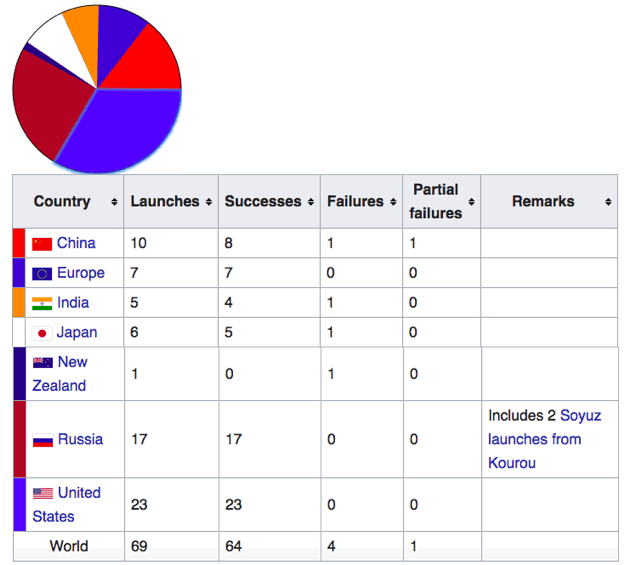boatgeek
Well-Known Member
- Joined
- Dec 27, 2014
- Messages
- 7,387
- Reaction score
- 7,907
However all the parts are easily and relatively cheaply replaceable in the even one is damaged aka modular construction, a purpose designed structure would require custom building, and repairing each time it was damaged would be more time consuming.
I don't have a problem with the modular construction aspect. It makes a lot of sense to do it that way, especially on a chartered barge. Oddly, having a rental/purchased generator container that someone else has already integrated will make it far easier to rebuild and repair in the event of damage. You go back to the people you got the first one from and get another one. If it's not off the shelf at the dealership you're at, it's probably available one or two states over and will just plug in. A custom job like that is probably harder to replace because nothing about it is standard.
While we may think of our posts as all fun and games, there are real people who designed and built that barge. For someone to make such disparaging remarks about it just seemed really unnecessary, especially when it has preformed exactly as designed - it has delivered every rocket back to port safely.
Tony
Whether it has performed exactly as designed is an interesting question. It has delivered the booster back to port, so it did fulfil it's original mission. As George mentioned, one of the thruster legs wasn't folded up like normal when it came in this time, and they are having to pull those containers off for repair/replacement as we speak. We don't really know what happened, but IF there was a fire, it came from inside one of the containers. The landing video posted above shows that the rocket was nowhere near the ends of the barge when it landed. Going back to the car analogy, if your car delivered you to work, but ran on three cylinders for the last mile and died just as you pulled into the parking spot, did it work exactly as designed?
Hmm, the barge ship has never failed, so tell me what the couple hundred K for reliability would do? The thing catches flaming hot rockets that have dropped down from space and you are upset they are missing a decal? I'm sure that would have made a difference.
I sent a link to this to my son who works at SpaceX. Obviously he knows what really happened and why things are they way they are. It would be interesting to be there when he and his co-workers read your rant. I'm sure they'd love to get your opinion on how to make it better. But they may want to know how much experience you have designing rocket-catching autonomous barges.
Tony
True, I don't have much experience designing rocket catching barges. I do have 20 years of experience designing boats (and barges), and have been the responsible project engineer for several barge sealifts carrying cargoes costing a few hundred million and up. I work for the company that has been in business for over a century and owns the largest US-flag fleet of tugs and barges. So I do actually know what I'm talking about. I'd be happy to have a discussion about the quality vs. price tradeoffs of Thrustmaster vs. Schottel Z-drives, parts sourced offshore vs. domestic, etc.
Look, SpaceX does some really cool stuff that nobody else does. I am thrilled that they can land a rocket on a barge and I give them huge props for that. But they also do a lot of things the hard way because they don't take advice from subcontractors who have been in their business for decades. At some point, quick and dirty and cheap will come back to bite you, especially at sea. I suppose what it really comes down to is that the working parts of the barge that make those spectacular landings possible look like they've been neglected in favor of the shiny parts. I've seen that happen many times in my career, and it never ended well long term.









